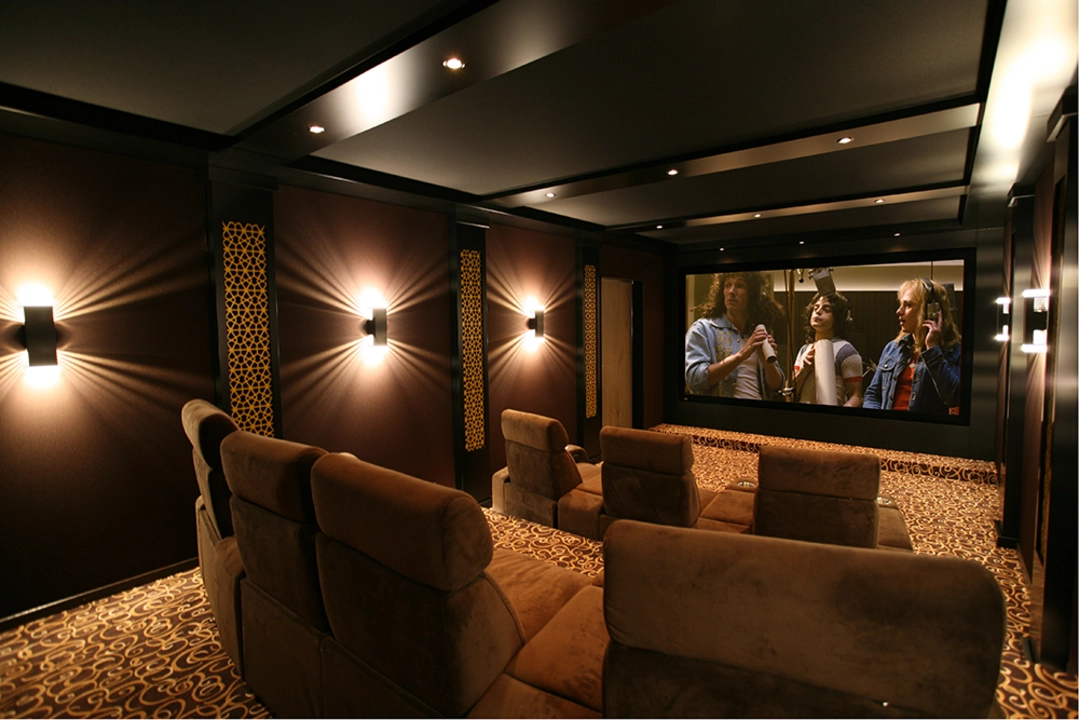Visual Experience: Why Movies Feel So Real
Ever wonder why a single scene can stick in your mind for weeks? It’s the visual experience – the way a film uses light, color, and camera moves to pull you in. At Reel World we love breaking down those tricks so you can spot them the next time you hit play.
The Power of Cinematography
Good cinematography is more than pretty pictures. It decides what you see first, where your eyes go next, and how fast the story feels. A wide‑angle shot can make a city look endless, while a tight close‑up puts you inside a character’s head. Directors often pick a color palette to set the mood – cool blues for mystery, warm reds for tension.
Take sci‑fi movies, for example. Their visuals tend to lean on futuristic design, glowing tech, and sweeping space vistas. These elements give the genre its signature feel, but they can become one‑dimensional if the story leans too heavily on effects. The best sci‑fi films balance flashy visuals with a strong plot, so the eye candy supports the story instead of stealing it.
Visual Trends in Today’s Films
Streaming services have changed how we discover visual gems. Netflix, for instance, offers a mix of indie dramas with natural lighting and big‑budget series that experiment with bold color grading. Shows like "The Trial of the Chicago 7" use stark lighting to emphasize tension, while "The Mitchells vs. The Machines" dazzles with bright, cartoon‑like animation that still feels grounded.
Female‑centric movies are also adding fresh visual language. Directors are choosing softer palettes and intimate framing to highlight personal journeys, but they’re not afraid to go big when the story calls for it – think of the vibrant set designs in recent superhero spin‑offs led by women.
If you’re curious about building your own on‑demand movie site, remember that visuals matter for user retention. A clean layout, high‑resolution thumbnails, and smooth playback keep viewers engaged longer. Investing in good UI design pays off just as much as having great content.
So, next time you pick a film, pay attention to how the camera moves, what colors dominate, and whether the effects serve the story. Those details shape the visual experience and make movies unforgettable.

Why is the cinema screen in a concave position?
I recently learned about the interesting reason behind why cinema screens are positioned in a concave manner. This design actually helps to create a more immersive and uniform viewing experience for the audience. By curving the screen, it ensures that light from the projector reaches all parts of the screen at the same angle, reducing distortion and improving image quality. It also helps to minimize the effects of the audience's peripheral vision, making it feel like we're right in the middle of the action. I just love how these little details can make a big difference in our movie-watching experience!
Read More